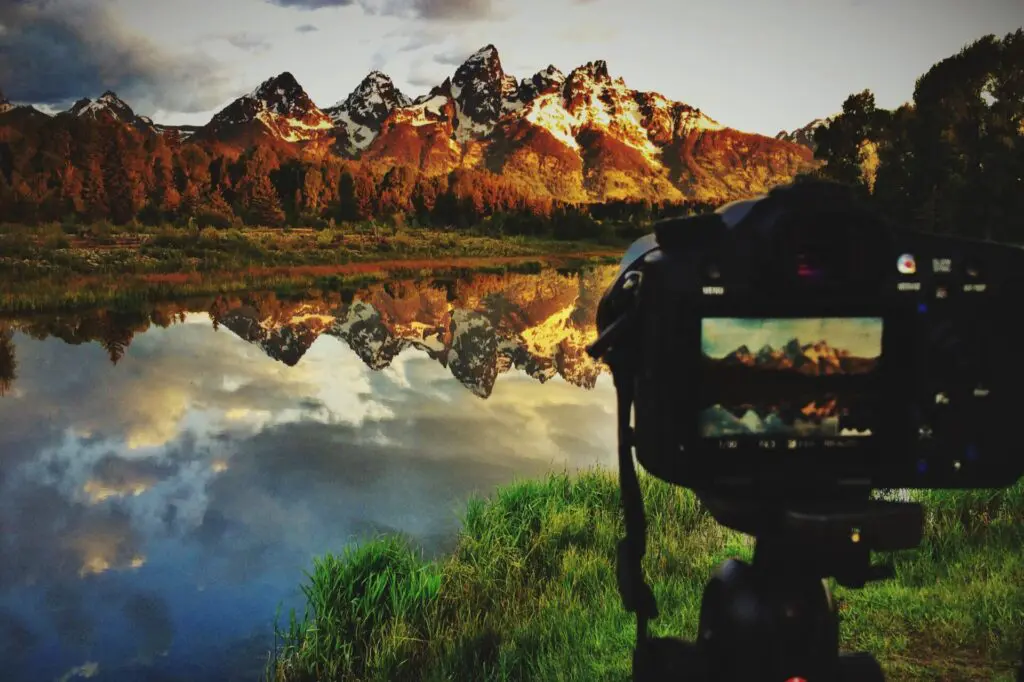
Post Processing with Lightroom
In the world of digital photography, capturing the image is only half the battle. The other half is post-processing – a critical step in achieving the final look of your photos. Adobe Lightroom is a great tool for photographers. It has many tools to improve photos after they are taken.
If you like taking photos, it’s important to know how to use Lightroom to edit them. This will help your photos stand out.
In this guide, we’ll talk about post processing with Lightroom. We’ll share tips and tricks to make your photos look better.
Understanding Lightroom’s Interface
Before we jump into the nitty-gritty of post-processing with lightroom, let’s get familiar with Lightroom’s interface. Lightroom’s workspace is divided into modules, each designed for a specific workflow. The two primary modules for post-processing are the “Develop” and “Library” modules.
The Library Module
The Library module is where you’ll organize and manage your photos. Here, you can rate, flag, and sort your images, making it easier to select the best candidates for post-processing.
The Develop Module
The Develop module is where the magic of post-processing happens. This module offers a range of editing tools to adjust exposure, color, detail, and more. It’s designed with both simplicity and depth in mind, allowing for both quick tweaks and in-depth editing.
The Basics of Lightroom Post Processing
Post-processing with Lightroom can be as simple or as complex as you need it to be. Here’s an overview of the fundamental steps you should consider when refining your photos.
Exposure and Contrast Adjustments
Post-processing usually starts by fixing the brightness and contrast of a picture. In Lightroom, the “Basic” panel helps you change exposure, contrast, highlights, shadows, whites, and blacks to make a picture look good with the right tones.
Color Correction and White Balance
Colors play a significant role in the mood and impact of a photo. The White Balance tool helps fix color tints in your photo to make sure the colors look right. To have better control, use the “HSL/Color” panel to change the color hue, saturation, and brightness.
Sharpening and Noise Reduction
Lightroom’s “Detail” panel provides tools for sharpening your image and reducing noise. Sharpening enhances details in photos. Noise reduction removes graininess, especially in low light or high ISO settings.
Advanced Post Processing with Lightroom Techniques
Once you’ve covered the basics, Lightroom offers a wealth of advanced tools to further enhance your images.
Local Adjustments
Local adjustments are edits applied to specific areas of your image. Lightroom provides several tools for this purpose:
- The Adjustment Brush allows you to paint adjustments onto your image.
- The Graduated Filter can slowly change parts of your photo to make the sky or foreground look better.
- The Radial Filter helps you make changes in a circular area. This is good for making vignettes or highlighting your subject.
Tone Curve
The Tone Curve is a powerful tool for fine-tuning the brightness levels of your image. By moving points on the line, you can easily change the light and dark tones with accuracy.
Color Grading
Color grading is the process of altering or enhancing the color of your image to achieve a certain look or style. You can use Lightroom’s “Color Grading” panel to make small changes to the colors in the darker, middle, and lighter parts of your photo. You can also change the colors in the whole picture.
Efficiency is key when it comes to post-processing with lightroom for multiple images. Here are some workflow tips to streamline your post processing with Lightroom:
Use Presets
Presets are a time-saving feature in Lightroom that apply a set of adjustments with just one click. You can create your own presets based on your preferred editing style or download presets created by others.
Batch Editing
You can use Lightroom to edit many photos in a row with the same changes. This can be done by syncing settings or by copying and pasting adjustments from one photo to another.
Keyboard Shortcuts
Learning keyboard shortcuts can significantly speed up your editing process. Lightroom has a variety of shortcuts that can help you switch between tools and modules efficiently.
Common Mistakes to Avoid in doing Post Processing with Lightroom
While Lightroom is a powerful tool, it’s easy to fall into the trap of over-editing. Here are some common mistakes to avoid:
- Overdoing the clarity or vibrance can make your photos look unnatural and harsh.
- Reducing noise too much can make the image look fake and lose important details.
- Over-sharpening can introduce unwanted artifacts and make your images look overly processed.
Real-World Examples of Lightroom Post Processing
To illustrate the changing power of Lightroom post-processing, let’s consider a few real-world examples:
Landscape Photography
Lightroom makes landscape photos look more dramatic and colorful by adjusting the sky, colors, and clarity in the image.
Portrait Photography
When editing portraits, Lightroom can help smooth skin tones, brighten eyes, and ensure that the subject stands out from the background.
Street Photography
In Lightroom, you can edit street photos by enhancing colors, turning them black and white, or straightening crooked lines in buildings.
Conclusion
Post processing with Lightroom is as much an art as it is a science. It’s about finding the right balance between correction and creativity to bring your vision to life. With Lightroom, you can easily improve your photos with small changes or big edits. It has lots of tools to help you make your pictures better.
If you learn how to edit photos well and organize your work, you can make pictures that people like and last a long time.
By practicing and being patient, you can make Lightroom editing a key part of your photography. This will help you bring out the best in your pictures and show your creative side.
Remember, the key to successful post-production is to enhance, not overpower, the natural beauty captured in your photographs. Lightroom is your ally in this creative journey, helping you to refine and define the stories you wish to tell through your lens.




This Post Has 0 Comments